Jun 10, 2021 | Flooring Canada
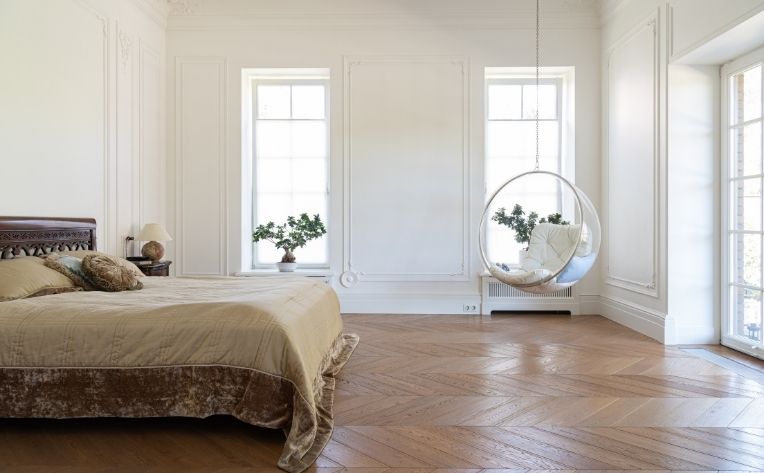
Herringbone and chevron-patterned flooring: Are they the same? Despite having some similarities and both falling under the parquet-flooring category, they are quite different. One thing they do have in common –they’re making a popular comeback as contemporary flooring patterns.
Parquet flooring is when wood planks are cut into small pieces and installed in a repeating pattern. This style was popular in the 1960s when geometric patterns were in. Parquet flooring is back, especially herringbone and chevron, but these patterns did not make their first debut in history during the ’60s.
The name herringbone (surprise, surprise) was inspired by the bone structure of the herring fish, and the pattern was first seen in the Roman Empire. The Romans used this pattern to create sturdy paved roads by arranging rectangular blocks. The herringbone pattern appeared again in the 16th century as a popular style for wood flooring, much like we see today.
Chevron, despite being considered the more modern of the two patterns, also has a rich history. The V-shaped pattern was first seen in the Bronze Age depicted on pieces of pottery. Like herringbone, chevron also showed up in 16th century Europe as a popular type of wood flooring.
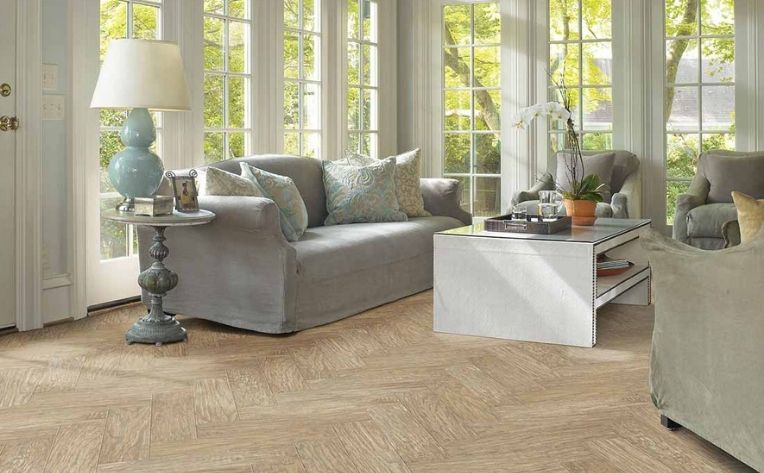
Herringbone and chevron look similar and can be easily confused. The key difference is the angle at which each wood plank is cut. In the herringbone pattern, each end of the wood planks is cut at a 90-degree angle, which creates a broken zigzag pattern. Chevron, on the other hand, uses wood planks that are cut at a 45-degree angle, creating a continual zigzag pattern. The angled wood planks in chevron meet, creating an exact point that has an arrow-like effect.
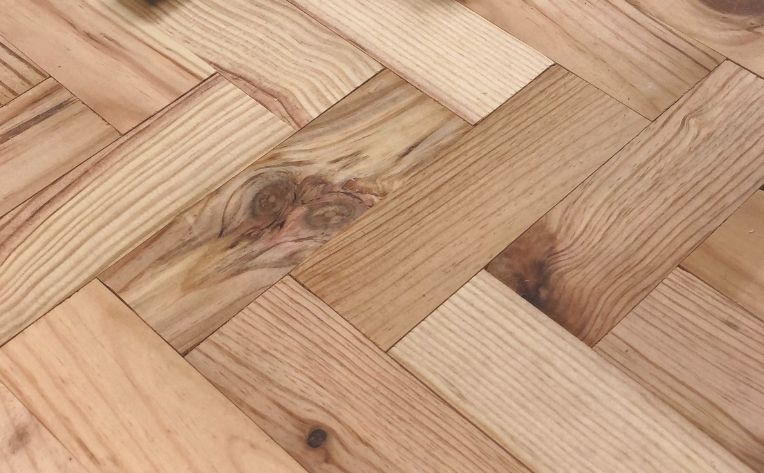
Whether you choose herringbone or chevron wood floors, both of these styles bring added detail, texture, and character into your space. Each pattern can change dramatically based on the type and color of wood you choose. Woods with deep variation in color and grain can allow for more striking and bold patterns, whereas lighter woods with less variation will mimic the more traditional flooring seen in 16th century Europe.
The size of the wood plank is also something to consider when thinking about herringbone or chevron floors. Thinner planks will create a tighter, more detailed-looking pattern, whereas long and wide planks will create a bolder design. The color and size of the planks you choose can give your room a whole different look and feel.
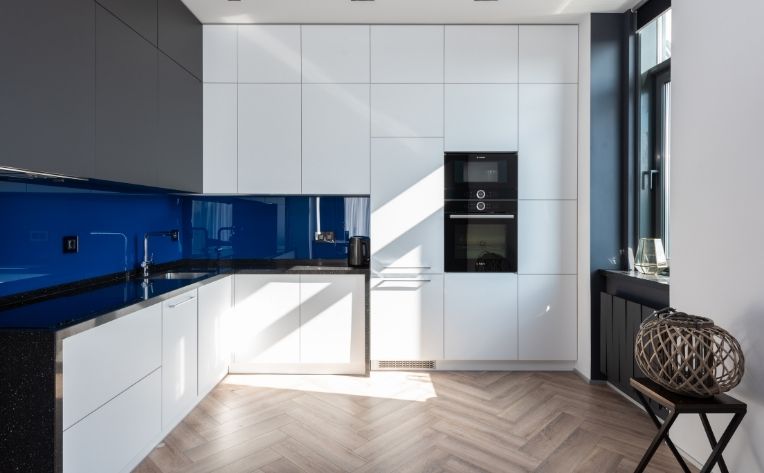
Like any kind of hardwood floor, there are a variety of ways you can stain and finish your herringbone or chevron floors. Knowing what type of color palette you want in your space, comparing stains, and looking at different finishes can help you discover what is best for you. In addition, regular mopping, sweeping, and hardwood floor care will be necessary to keep your floors looking beautiful.
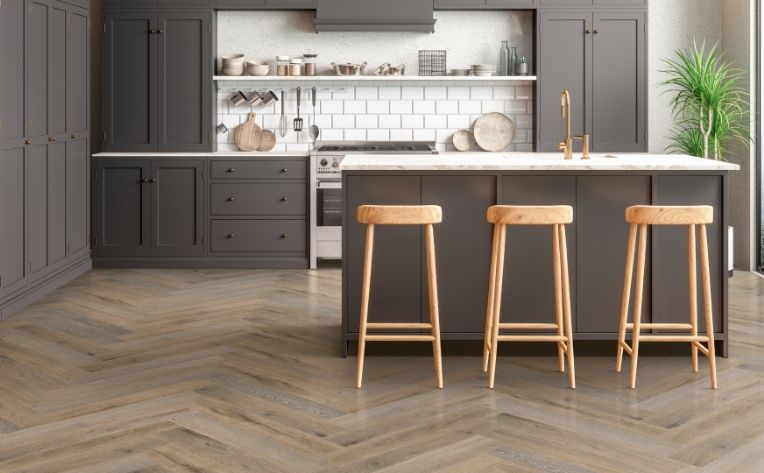
If you are looking for a lower maintenance and less expensive option, laminate and luxury vinyl have the same pattern options available with a lower price tag and better water resistance. Plus, both of these alternative materials come in a variety of wood looks and colors, just like regular hardwood floors, giving you plenty of stylish options to choose from.
If you need help figuring out if herringbone or chevron floors are right for you, the Flooring America experts are here to help. Give them a call, or stop by your local Flooring America store today.